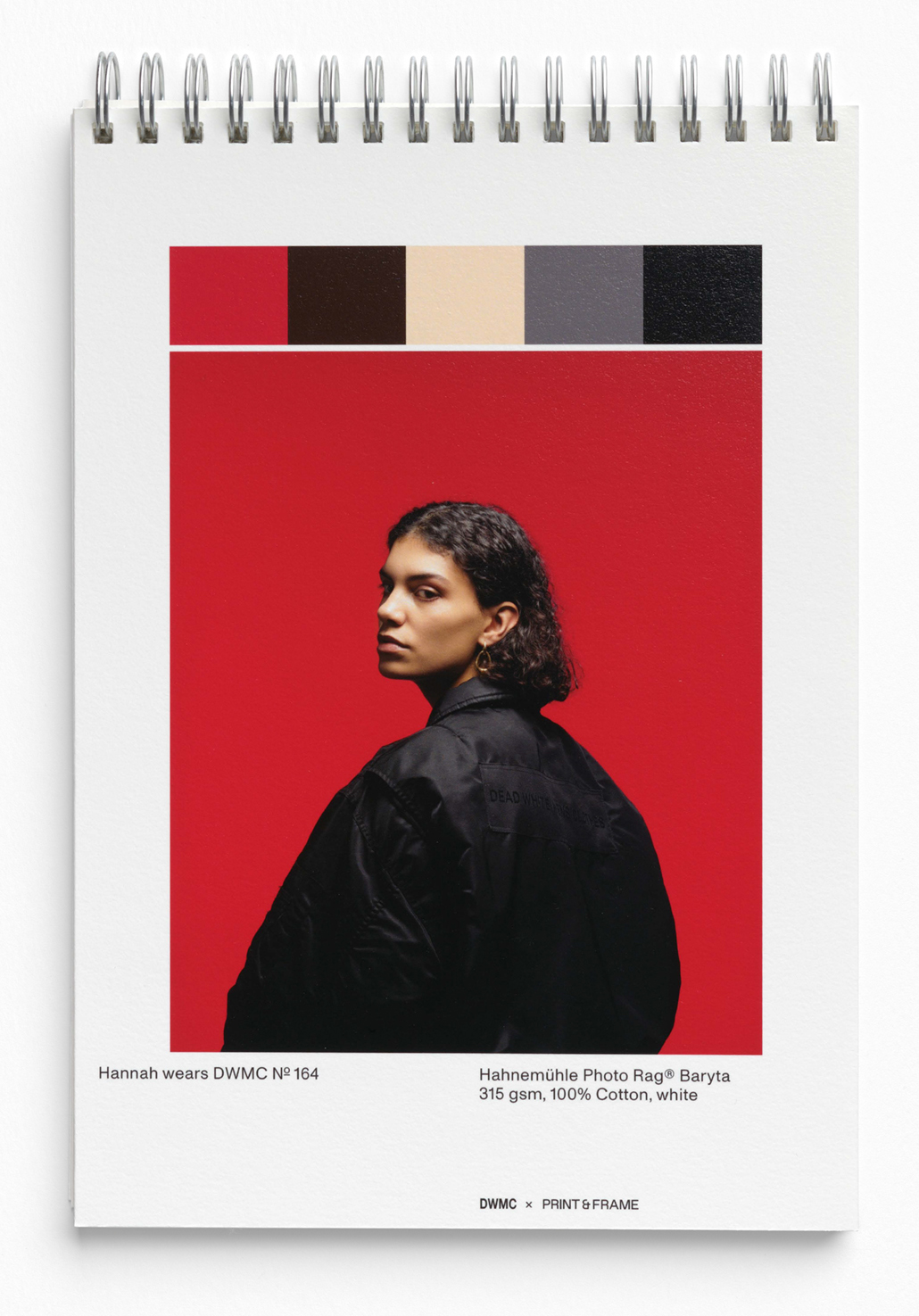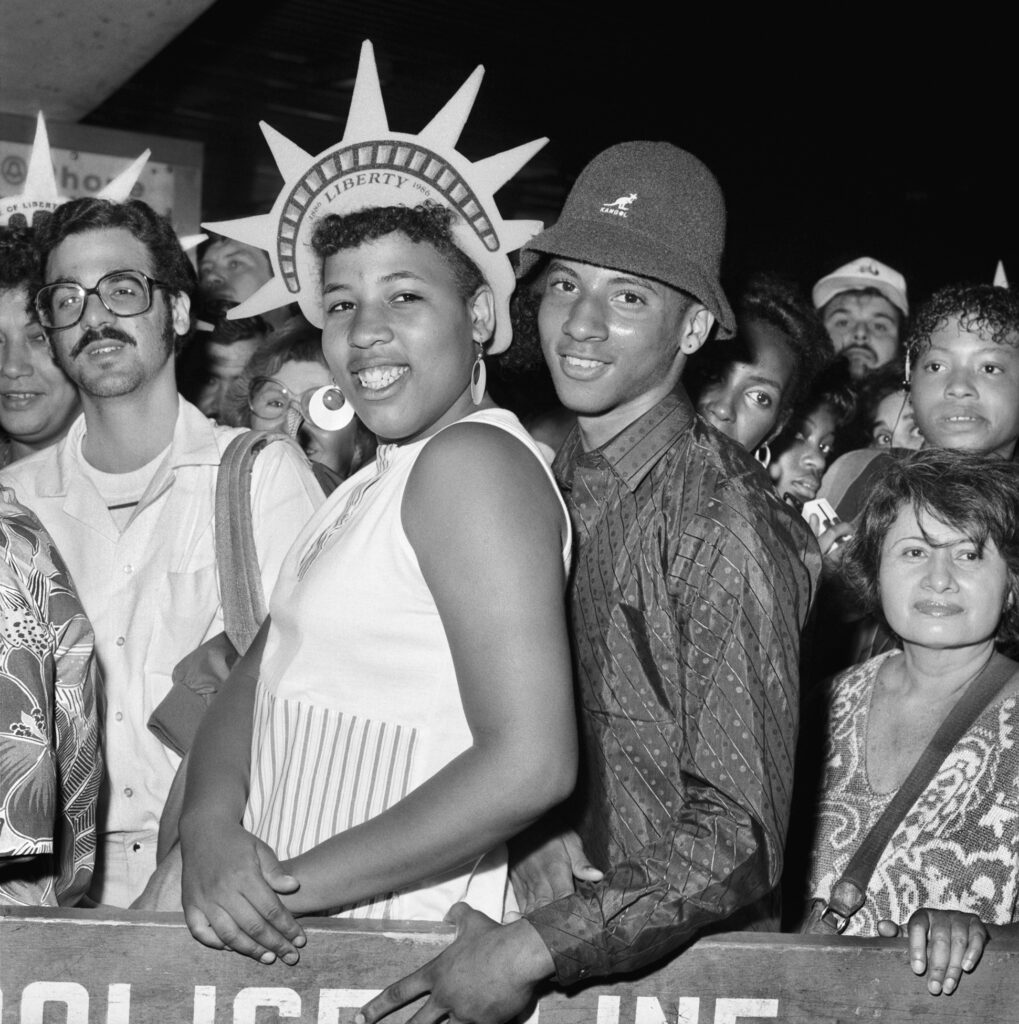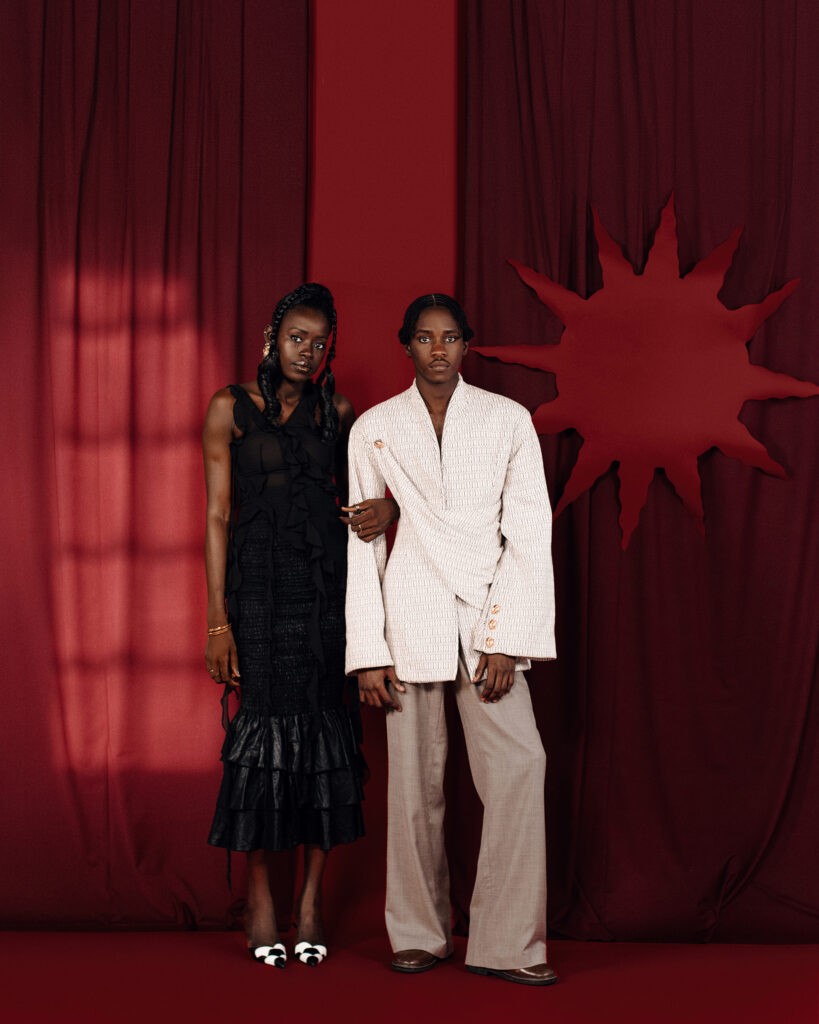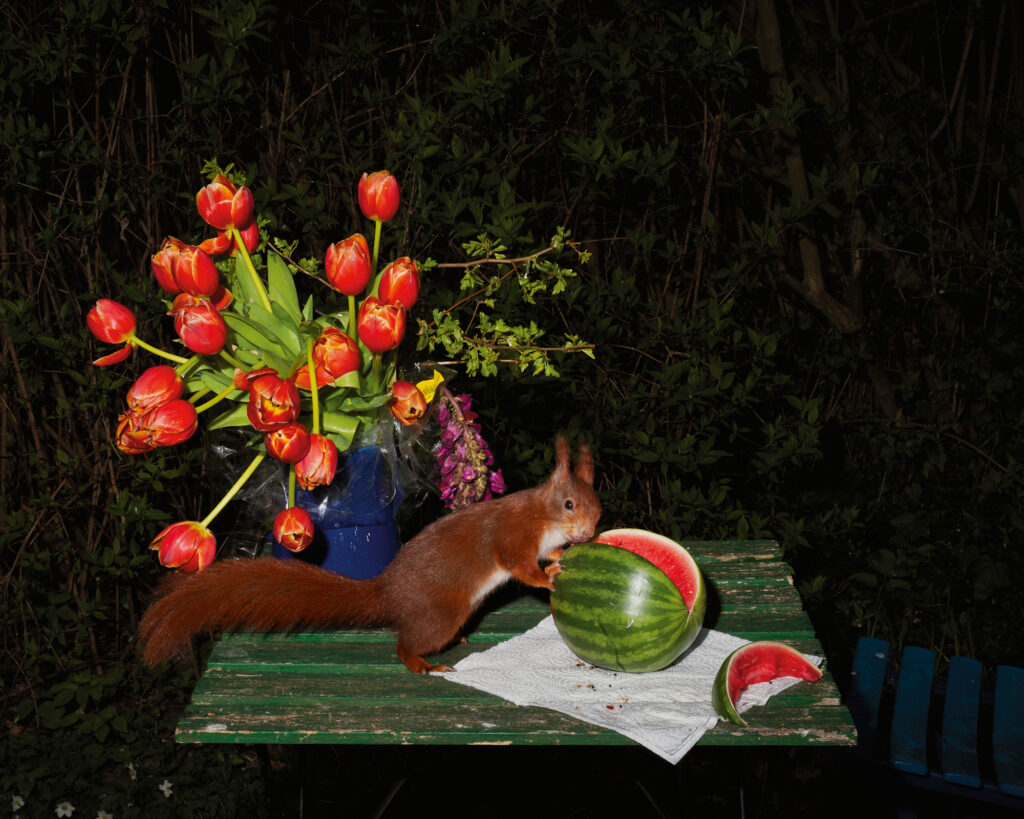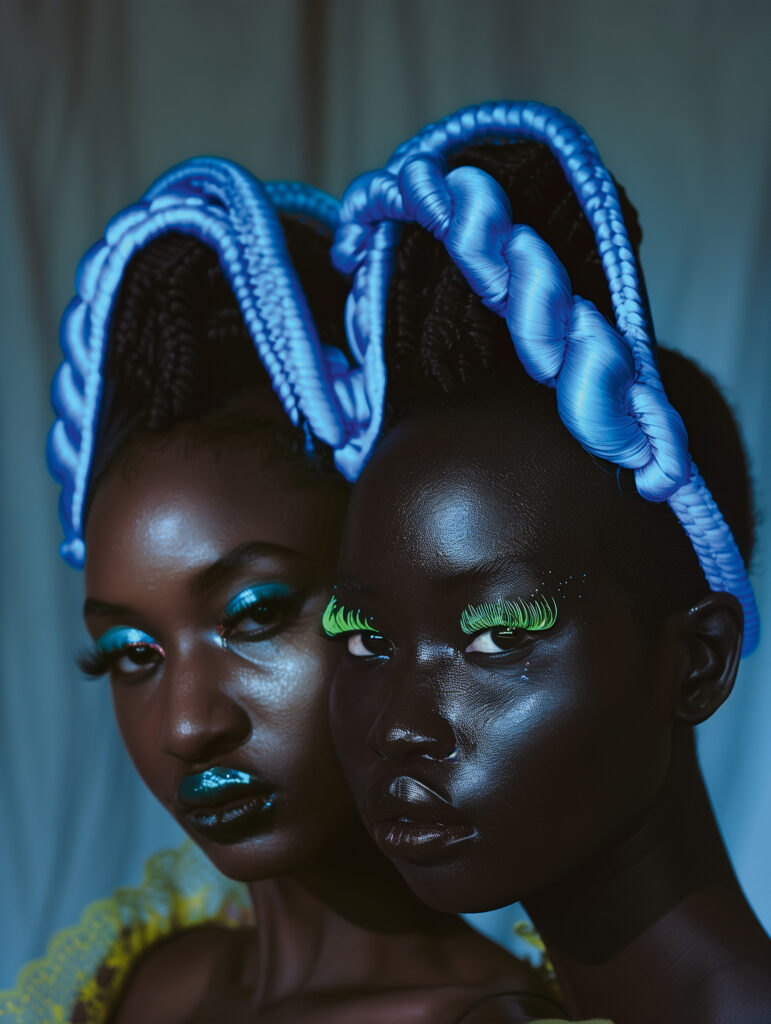Portfolios
The Strange and Beautiful World of Deborah Turbeville’s Photo-Novella
The renowned fashion photographer's previously unseen experimental collages tell the story of a fictional designer who disappears at the height of her career.
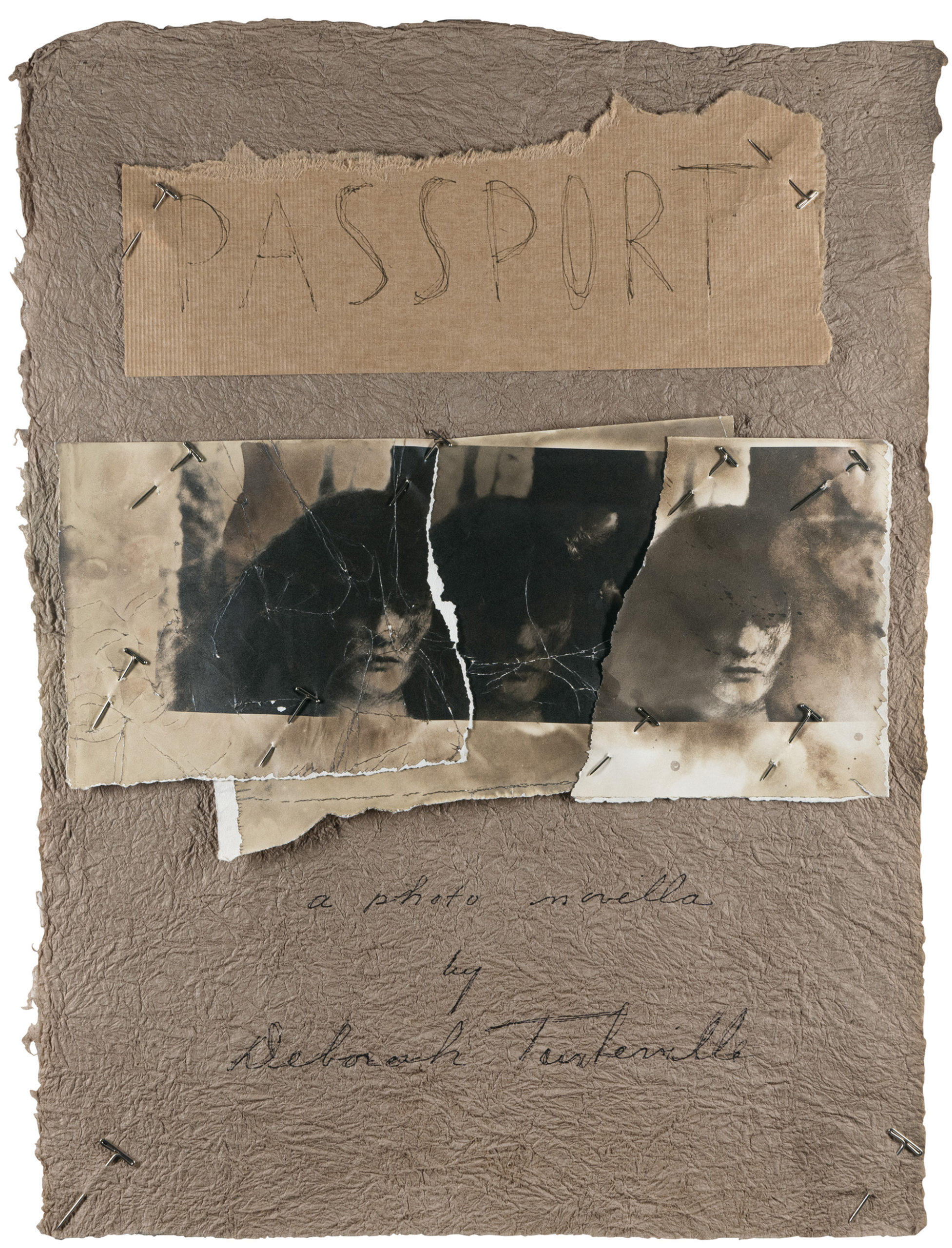
“Fashion takes itself more seriously than I do,” said Deborah Turbeville in an interview with The New Yorker in 2011. “I’m not really a fashion photographer.” Turbeville, who was born in 1932, first entered the industry as an assistant and sample model to the fashion designer Claire McCardell before becoming a magazine editor—a job for which she had contempt. “I’d get a note from some senior fashion editor saying, ‘We find your arrival half an hour late for Bill Blass appalling,’” Turbeville explained in a 1993 interview. “I just stopped going.” When she was in her mid-thirties, she took a photography seminar with Richard Avedon and Marvin Israel, impressing her teachers with her strong point of view, despite her lack of skill or technique. It was here that she found her calling.
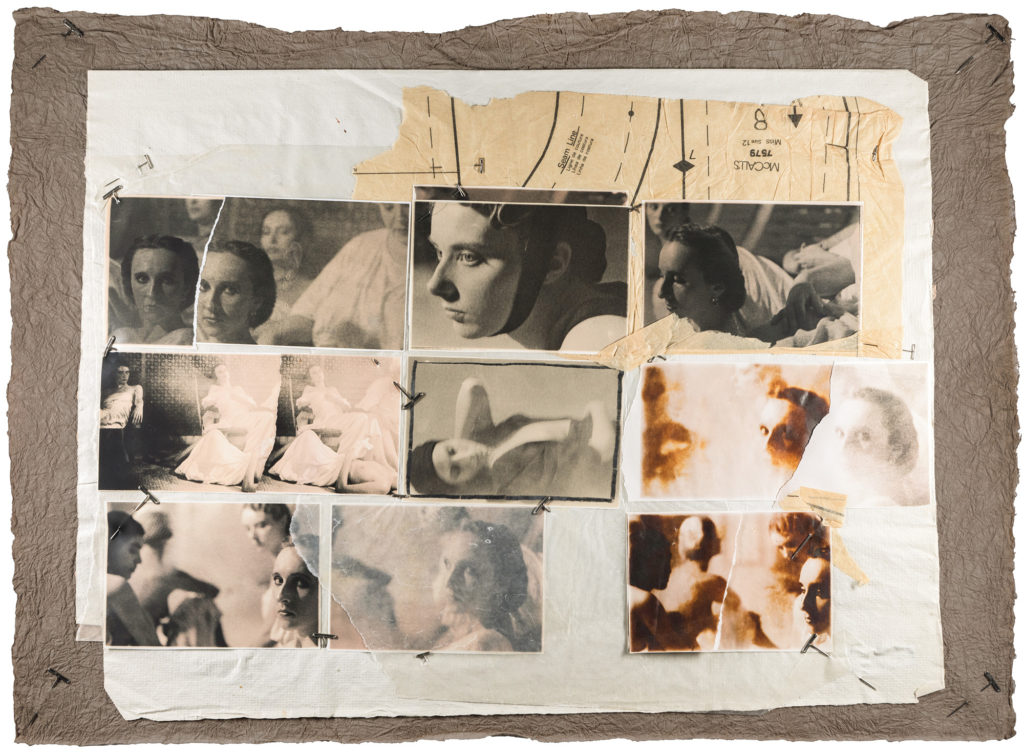
Turbeville’s vast body of work, which spans several decades and was published in the pages of various fashion magazines and books, as well as exhibited in museums and galleries across the world, is known for its darkness and mystery. Lanky models with haunted eyes stand despairingly in abandoned settings. Beauty was, in Turbeville’s imagination, not just bright and happy but melancholic and brimming with travesty. She was fond of distorting the images, playing with the developing process to create an artificial patina of time, and distressing the prints with tears, folds, and scratches. Photographs she took just two decades ago look as if they were from another century, unearthed in a Paris flea market.
Aperture Magazine Subscription
0.00
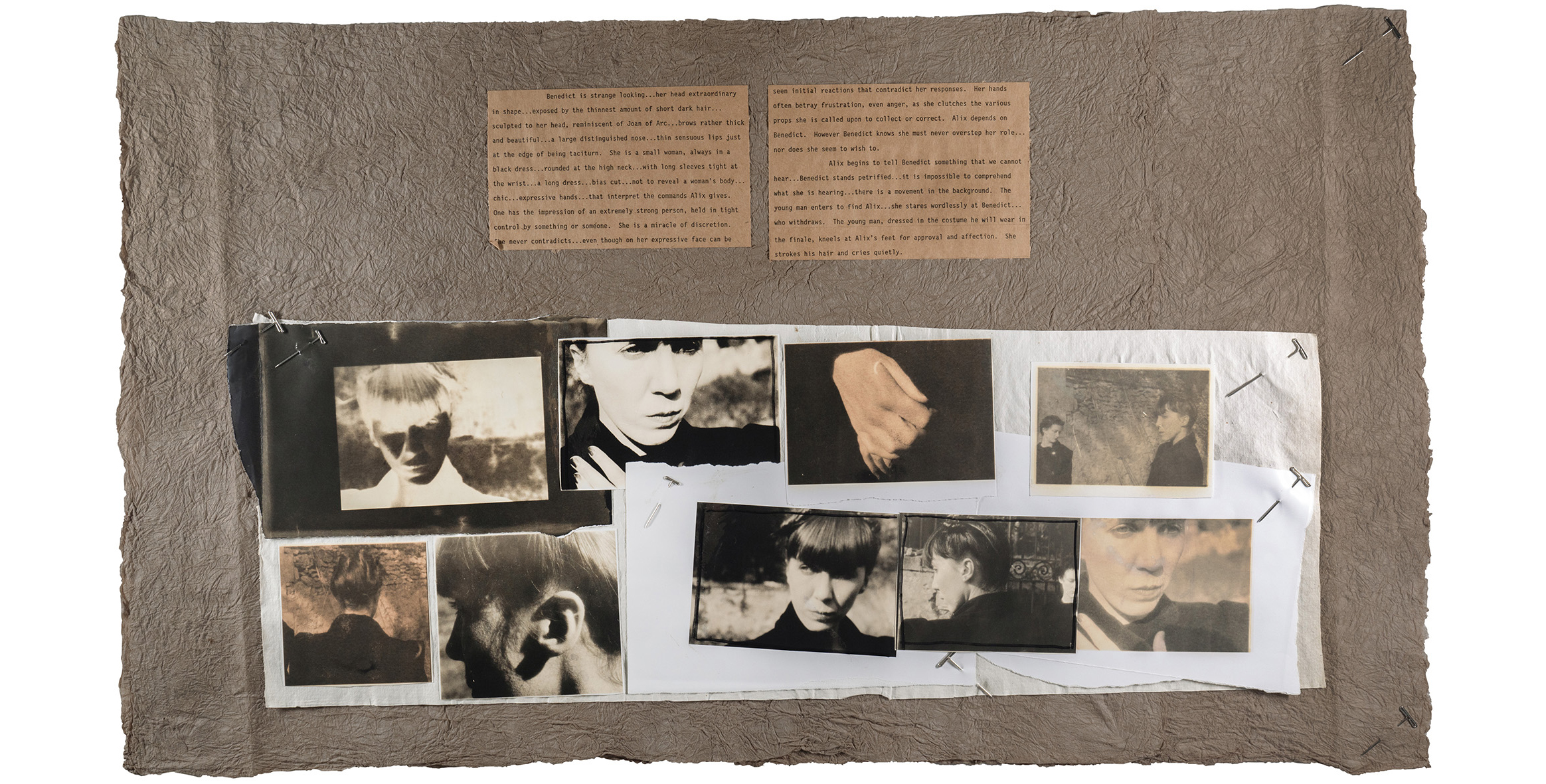
The photo-novella reveals a strange and beautiful world. Photographed in France, Italy, Poland, the United States, and the Czech Republic, the images display Turbeville’s appreciation for decadence and decay. (Her Paris studio “was an opulently decrepit, near-vacant flat near the drag bars of Pigalle,” wrote Judith Thurman in the New Yorker interview; in the New York Times, Margalit Fox described Turbeville’s New York apartment, in the Ansonia, as a place where the photographer “left generations of old paint unstripped, speckled mirrors unsilvered, threadbare tapestry unrestored and tattered curtains unmended.”) Turbeville’s writing is sensory and impressionistic, tinged with a cinematic flair and slightly reminiscent of Marguerite Duras. Rooms are portrayed with the precision expected from a photographer known for her atmospheric use of architectural spaces. The moods of various scenes are exquisitely evoked. Yet even though Turbeville painstakingly conveys Alix’s footsteps echoing in barren corridors (“they have an eccentric sound . . . the heels . . . the combination of the heels and floor . . . the rhythm . . . the punctuation . . . the footsteps grow stronger and more emphatic”), very little interiority is granted to her protagonist, who is surrounded by models (or “mannequins” as Turbeville calls them), artists (assistants for hair and makeup), and various high-ranking people in the fashion world. Women are the ones with power in this universe. Men are objects of desire.
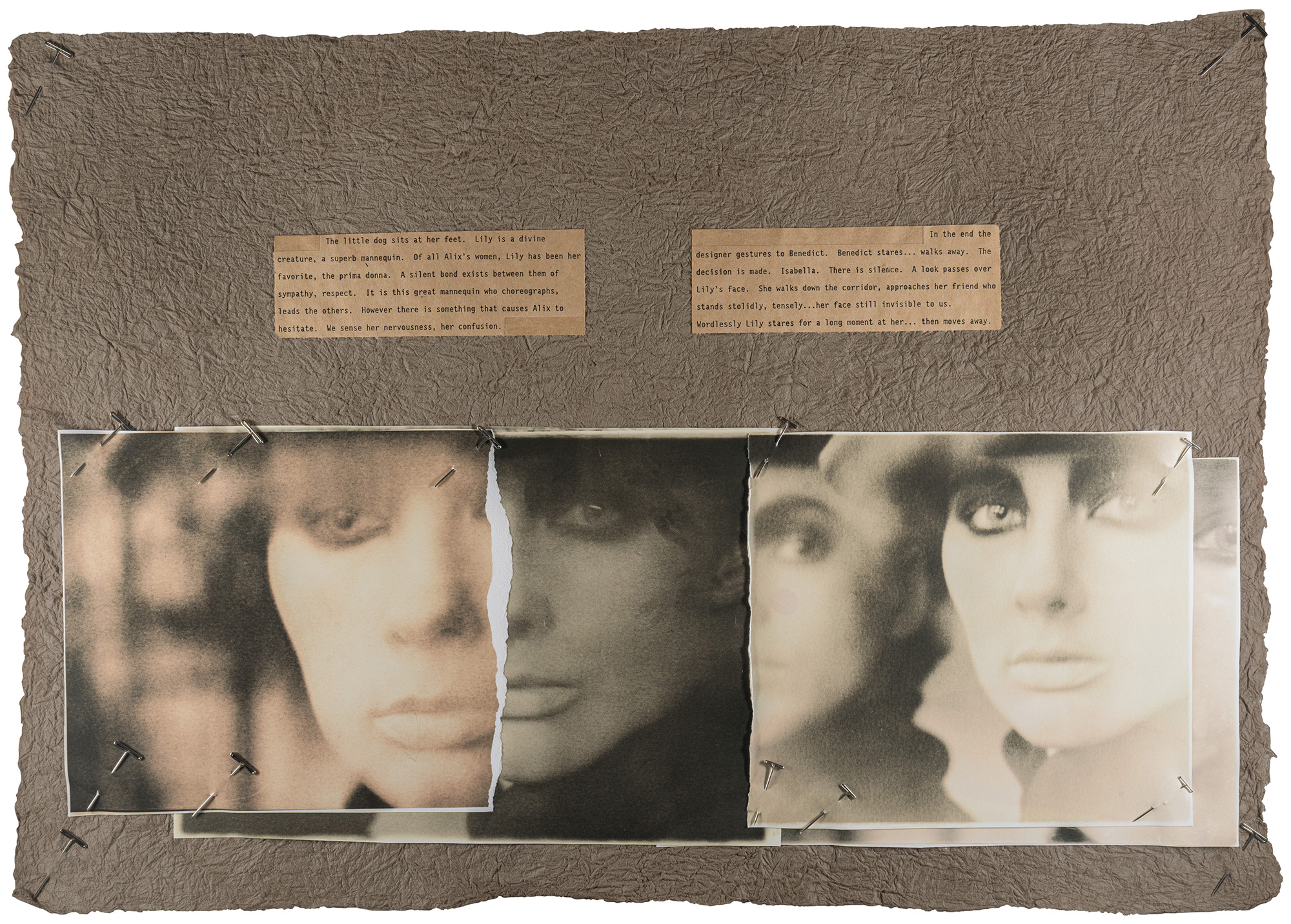

Alix’s abruptly timed sojourn in the sanatorium is equally disorienting. She is isolated, lonely, and unconnected to her previous life. One wonders what exactly Turbeville’s own relationship to the glamorous world she occupied was, how she handled the superficiality of fashion, with its unrepentant greed for excess and beauty. The novella doesn’t end neatly: in her manuscript, Turbeville offers several different conclusions to the story of Alix—but maybe that was the point. She was more interested in capturing the slow unraveling of a woman not too dissimilar from herself (Alix is unmarried and childless), the quiet devastation and sorrow that Alix feels coursing below the surface of all the abundant allure and influence in her life. It couldn’t have been easy as an independent woman to survive a world that prized youth and beauty so highly. Turbeville’s sensitivity to this milieu and what she produced from it are extraordinary and truly rare.

© the artist and courtesy MUUS Collection
This article originally appeared in Aperture, issue 249, “Reference.”



